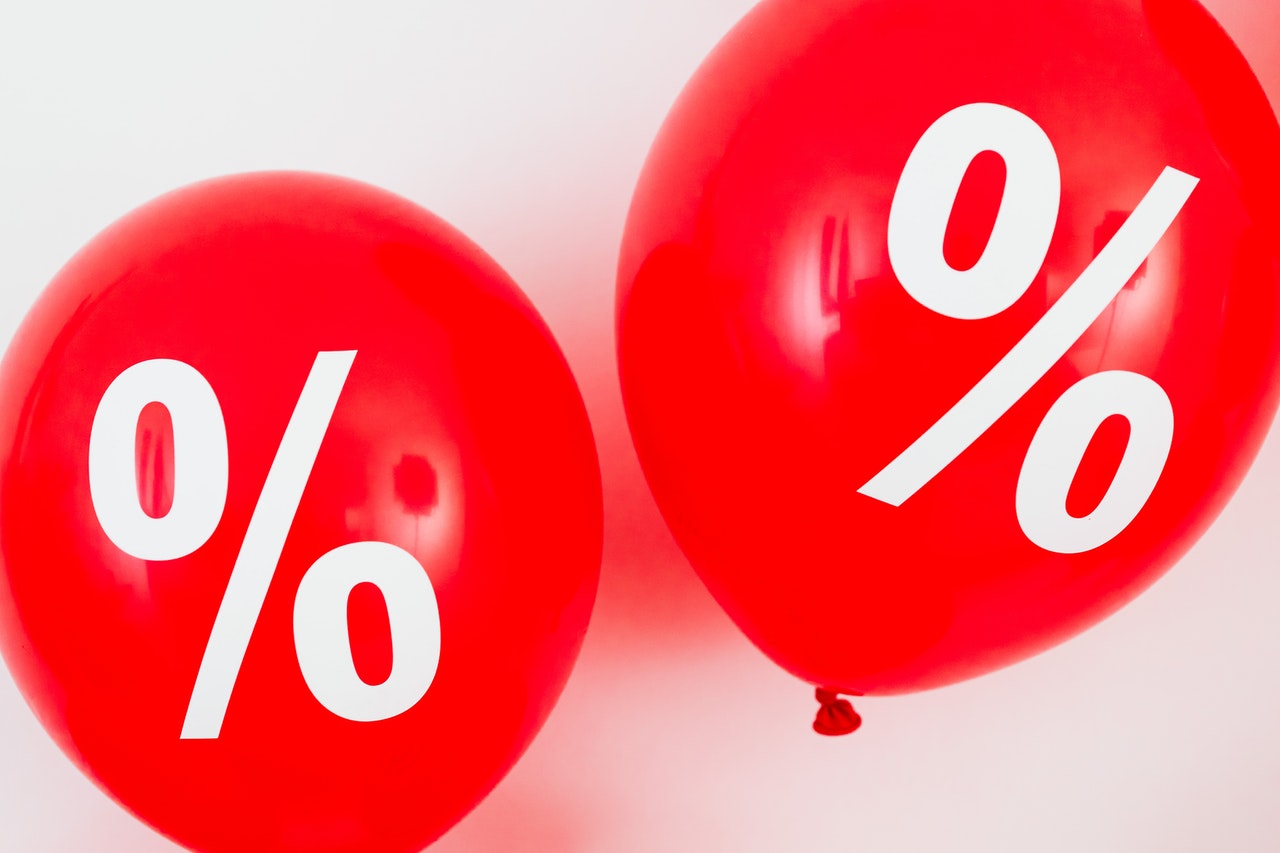Many people are confused about the difference between their interest rate and annual percentage rate (APR). While both rates do relate to the total cost of your mortgage, each calculation comes from a distinct set of inputs. It is important to comprehend the differencebetween an advertised rate and how your APR may diverge, even significantly, from your interest rate.
All About Your Interest Rate
The interest rate on a loan is the cost of borrowing the principal, otherwise described as the original loan amount. The interest rate on a mortgage is always expressed as a percentage, but it can either be a fixed or variable rate. A fixed rate loan’s interest rate will remain constant at a fixed rate. A variable rate interest loan will vary with market conditions. Regardless, your interest rate is determined the federal funds rate set by the Federal Reserve (also known as the Fed). The federal funds rate is the rate at which banks lend money to other banks overnight, and this rate has a complex role in what it costs the bank to lend you the money for your Mortgage. The federal rate serves as a benchmark for what lending institutions will lend money at, as lenders add their margin on top of that rate. Interest rates generally tend to lower during times of recession or economic concerns and increase during times of better economic conditions. While not a direct determination of the mortgage rate on one-to-one basis, the federal funds rate does greatly influence the direction of mortgage rates.
Let us say that Jane Doe plans to purchase a new home for $250,000 at a rate of 4%. Her annual interest expense would be calculated at $10,000. Her monthly payment would be divided up into twelve months for a rate of ~$833/month. (It should be noted that this is for the interest portion of the payment only, and the total monthly payment will also have principal and any escrow in addition.)
Annual Percentage Rate (APR) Explained
APR is a more broad indicator of the cost of the mortgage, because it includes other costs and fees that the interest rate does not consider. Simply put, APR is the more effective indicator of the true cost of a mortgage because of this inclusion of additional costs not accounted for in the purchase price. Examples of the fees included in the APR are broker fees, discount points, closing costs, and rebates.
The APR will just about always be greater than or equal to the interest rate. There are exceptions to this rule when the lender chooses to offer a rebate on a portion of the interest expense, but this circumstance is rather uncommon. In the previous example for the interest rate, our friend Jane Doe had a 4% interest rate for her $250,000 purchase. If Jane adds her closing costs and other fees of $10,000 into the loan, the principal now becomes a new amount of $260,000. The 4% interest rate on the new principal equals an annual payment of $10,400. To determine the APR, divide the annual payment ($10,400) by the original loan amount of $250,000 to get an APR of 4.16%. The bottom line of the APR is that any additional costs factored into the principal will increase the APR.
Considering Both the Interest Rate & APR
Comparing mortgage offers with both the APR and the interest rate are ways to determine the better choice for a home loan. The interest rate is mainly determined by overall economic conditions, the federal funds rate, the borrower’s credit score and the amount of equity in the property, i.e. – amount of down payment. Generally speaking, a higher credit score and/or higher down payment will lead to a lower interest rate, as the rate is influenced by the risk that the lender assumes on the loan.
Since the lender fees are often the largest single component of the calculation, the APR is ultimately largely influenced by the lender. The Truth in Lending Act (TILA) requires lenders to disclose the APR in every consumer loan agreement. However, even with this requirement, all lenders might not include every fee in the APR due to a small loophole. Lenders are not required to include certain costs such as credit reporting, appraisal and inspection fees. For this reason, you may want to specifically question your lender what is included in the APR calculation so that you can compare apples to apples.
When seeking a new home loan, the bottom line is that APR and interest rates are the two largest cost factors of your mortgage. A higher APR can indicate that you are paying a larger amount of fees while the interest rate will provide a simple baseline to work outwards from. Even a small change in either the interest rate or APR can lead to a significant shift in the total costs of your mortgage.
While we will ultimately leave financing to the financial pros, your REALTEAM Agent can give you an idea of what things to consider when it comes to your budget, interest rates, and APR. Our goal is to make your home buying experience as easy as possible, even when the market gets a little complicated. Our agents’ knowledge can make a critical difference in finding the right home and our desire to keep you informed will help you become an educated buyer.


0 Comments